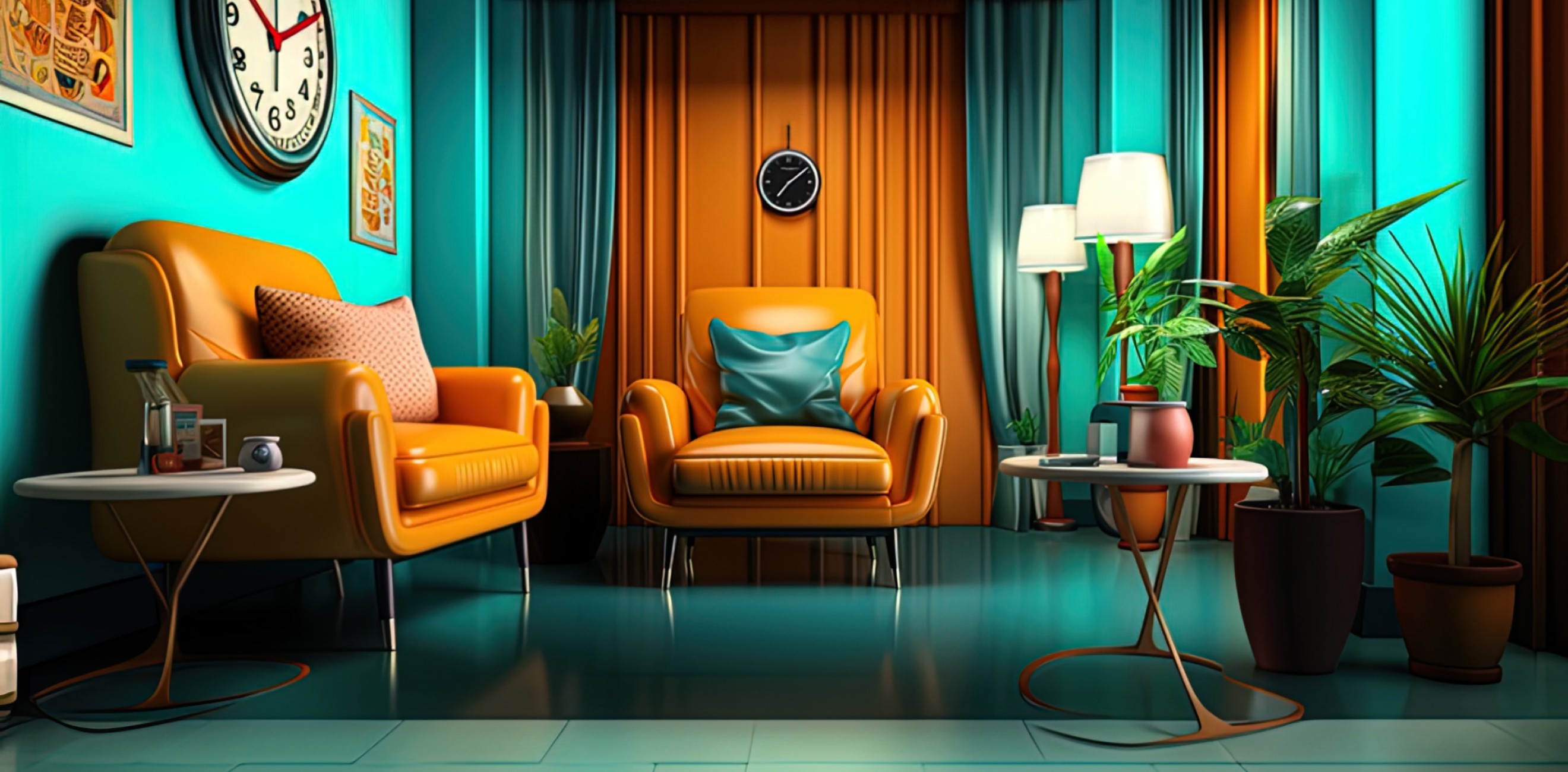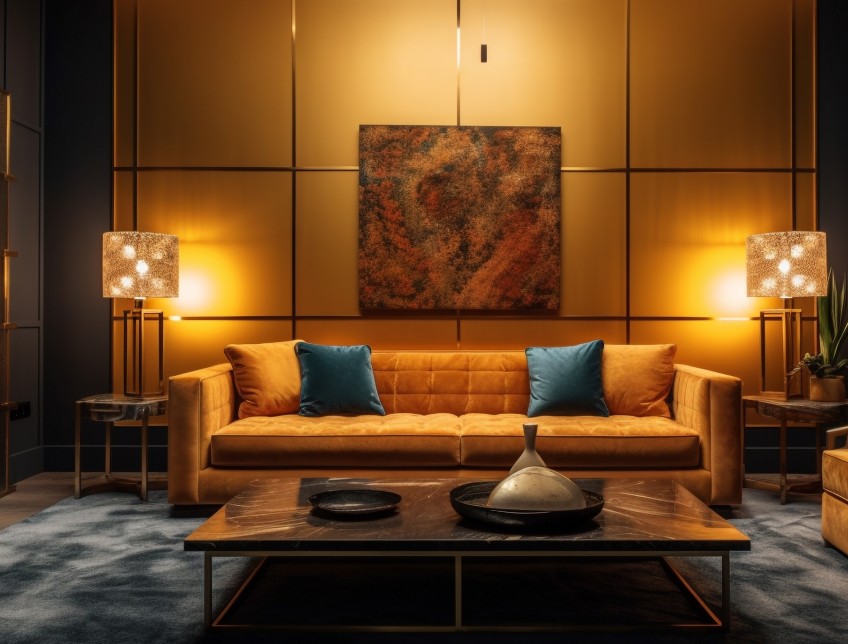
Admin
Feb 28, 2024
Designing a harmonious room involves more than just arranging furniture and selecting colors; it's about creating a balanced space where every element works together to create a cohesive, inviting atmosphere. Achieving this balance requires careful consideration of various design principles, from color palettes and textures to lighting and layout. In this blog, we'll explore key strategies for creating harmony in every room design, ensuring that each space in your home feels well-composed and serene.
Start with a Unified Color Palette
The foundation of a harmonious room design begins with a unified color palette. Choose a base color that sets the tone for the room, then build upon it with complementary hues. Neutrals like soft grays, beiges, and whites are versatile and can create a calming backdrop, while adding pops of color through accents like cushions, rugs, and artwork can introduce personality without overwhelming the space. Consistency is key—using the same or similar colors throughout different elements in the room can help create a seamless look. If you're opting for bold colors, consider limiting them to a feature wall or a few statement pieces to maintain balance.
Balance Proportions and Scale
Harmony in design also relies on the careful balance of proportions and scale. Furniture and decor should be appropriately sized for the room—oversized pieces can make a space feel cramped, while too-small items can get lost and make the room feel empty. When arranging furniture, consider the flow of the room and ensure there’s ample space for movement. Group furniture in a way that encourages conversation and interaction, such as placing sofas and chairs around a central coffee table. Additionally, balance larger pieces with smaller accents like side tables, lamps, and decorative items to create visual interest without overwhelming the space.
Layer Textures and Materials
Layering different textures and materials is a great way to add depth and interest to a room while maintaining harmony. Combining soft textiles like plush rugs, cushions, and throws with hard surfaces like wood, metal, or stone creates a dynamic contrast that adds richness to the design. When mixing textures, aim for a balance between smooth and rough surfaces, shiny and matte finishes. For example, pair a sleek leather sofa with a chunky knit throw or a glass coffee table with a rustic wooden tray. This approach helps create a tactile experience in the room, making it feel more inviting and cozy.
Every room should have a focal point—an area or feature that draws the eye and anchors the space. This could be a fireplace, a large piece of artwork, a statement piece of furniture, or even a stunning view through a window. Once you've established the focal point, arrange the room's furnishings and decor to highlight and complement it. Creating harmony in every room design is about achieving balance, coherence, and a sense of calm. By carefully considering color palettes, proportions, textures, symmetry, lighting, and focal points, you can design spaces that not only look beautiful but also feel comfortable and inviting. Whether you’re designing a cozy bedroom retreat, a lively living room, or a functional kitchen, these principles will help you create a harmonious home that reflects your style and personality.





